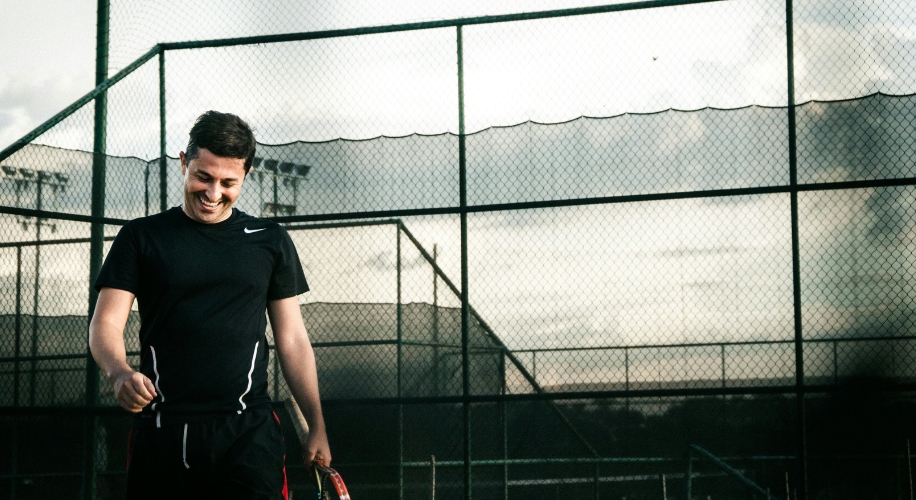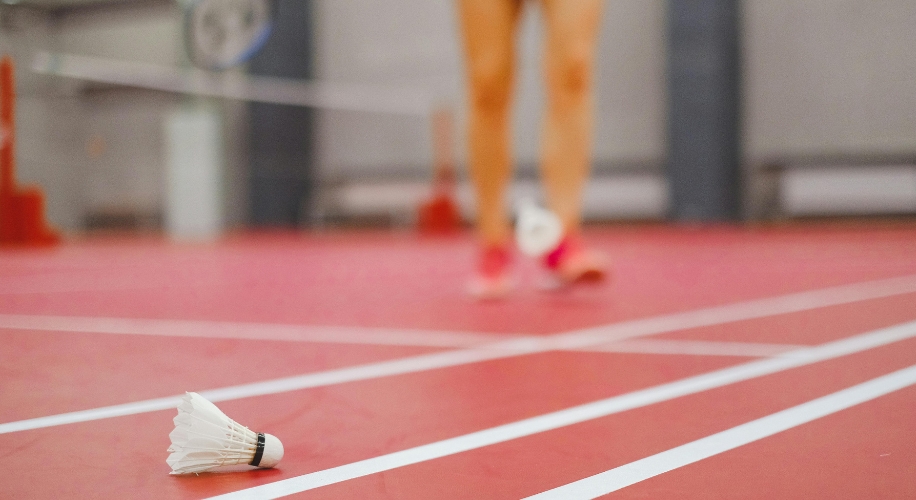Vision: The Key to Excellence in Badminton and Tennis
When it comes to excelling in fast-paced Olympic sports like badminton and tennis, sharp vision isn’t just an advantage—it’s a necessity. Both games demand exceptional visual acuity and quick reflexes, but the way players utilize their vision differs due to the unique demands of each sport.
Photo by SHVETS production
Vision in Badminton
Badminton is a sport characterized by rapid exchanges and unpredictable shots. The shuttlecock’s speed, combined with its irregular trajectory, makes vision paramount for success.
Tracking the Shuttlecock
In badminton, the shuttlecock (or birdie) can reach speeds up to 200 miles per hour in professional matches. Players must track its movement closely to anticipate where it will land and react accordingly. This requires acute hand-eye coordination and the ability to focus on a fast-moving object. Training your eyes to follow the shuttlecock can improve your reaction times and overall performance. Drills such as following a ball with your eyes or practicing with a reaction ball can help sharpen this skill.
Depth Perception
Depth perception is another critical aspect of badminton. Players need to judge the distance and trajectory of the shuttlecock accurately to position themselves correctly for their next shot. Drills that improve your ability to judge distances, such as practicing with different shuttlecock speeds or working on footwork, can enhance your depth perception on the court.
Peripheral Vision
Peripheral vision is essential in badminton to anticipate and react to your opponent’s movements. Using peripheral vision, you can gauge your opponent’s positioning and prepare for their next move. Use visual field testing or exercises, such as tracking multiple objects at once, to assess your peripheral vision
Photo by cottonbro studio
Vision in Tennis
Tennis, like badminton, requires precise visual skills, but the nature of the game offers different challenges. The tennis ball is larger and heavier than a shuttlecock and travels at high speeds, demanding a different kind of visual acuity.
Tracking the Tennis Ball
The speed of a tennis ball can exceed 120 miles per hour, making tracking it crucial. Players need to focus on the ball’s speed and spin to anticipate its bounce and trajectory. To enhance this skill, practice tracking balls of various speeds and spins. Use drills that involve hitting balls with different types of spin and pace to develop your ability to read and react to the ball’s behavior.
Eye-Hand Coordination
Tennis requires excellent eye-hand coordination, particularly when making contact with the ball. Your vision must be sharp to time your swings accurately. Practice with drills that focus on hitting targets or using visual markers to improve your hand-eye coordination. For example, hitting against a wall or practicing with a partner using various shot placements can enhance this skill.
Court Awareness
Unlike badminton, where the court is smaller, tennis courts are larger, requiring players to be more aware of their positioning relative to their opponent and the boundaries. Being able to see and anticipate your opponent’s movements and position yourself effectively requires strong spatial awareness. Use drills that focus on court movement and positioning to develop a better sense of where you are on the court and how to best use the space.
Enhancing Visual Skills for Both Sports
Improving your vision and visual skills can significantly impact your performance in both badminton and tennis.
- Regular Eye Exams: Ensure that your vision is in optimal condition by scheduling regular eye exams. Addressing any vision issues with corrective eyewear can prevent potential problems on the court.
- Vision Training Exercises: Incorporate vision training exercises into your routine. Exercises like eye tracking, focusing drills, and peripheral vision training can help improve your visual skills. Consider working with a sports vision specialist to tailor exercises to your specific needs.
- Practice and Repetition: Consistent practice is key. The more you practice, the better your vision and reaction times will become. Incorporate drills that challenge your visual acuity and coordination to build these skills over time.

Photo by Isabella Mendes
In both badminton and tennis, exceptional vision is essential for peak performance. Whether it’s tracking a fast-moving shuttlecock or anticipating a tennis ball’s trajectory, sharp vision can provide a significant competitive edge. Sports glasses can enhance your ability to see, react, and ultimately excel on the court.






 Canada
Canada